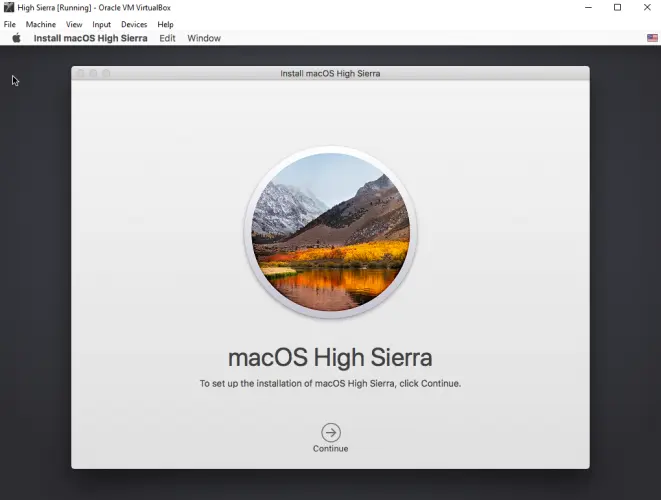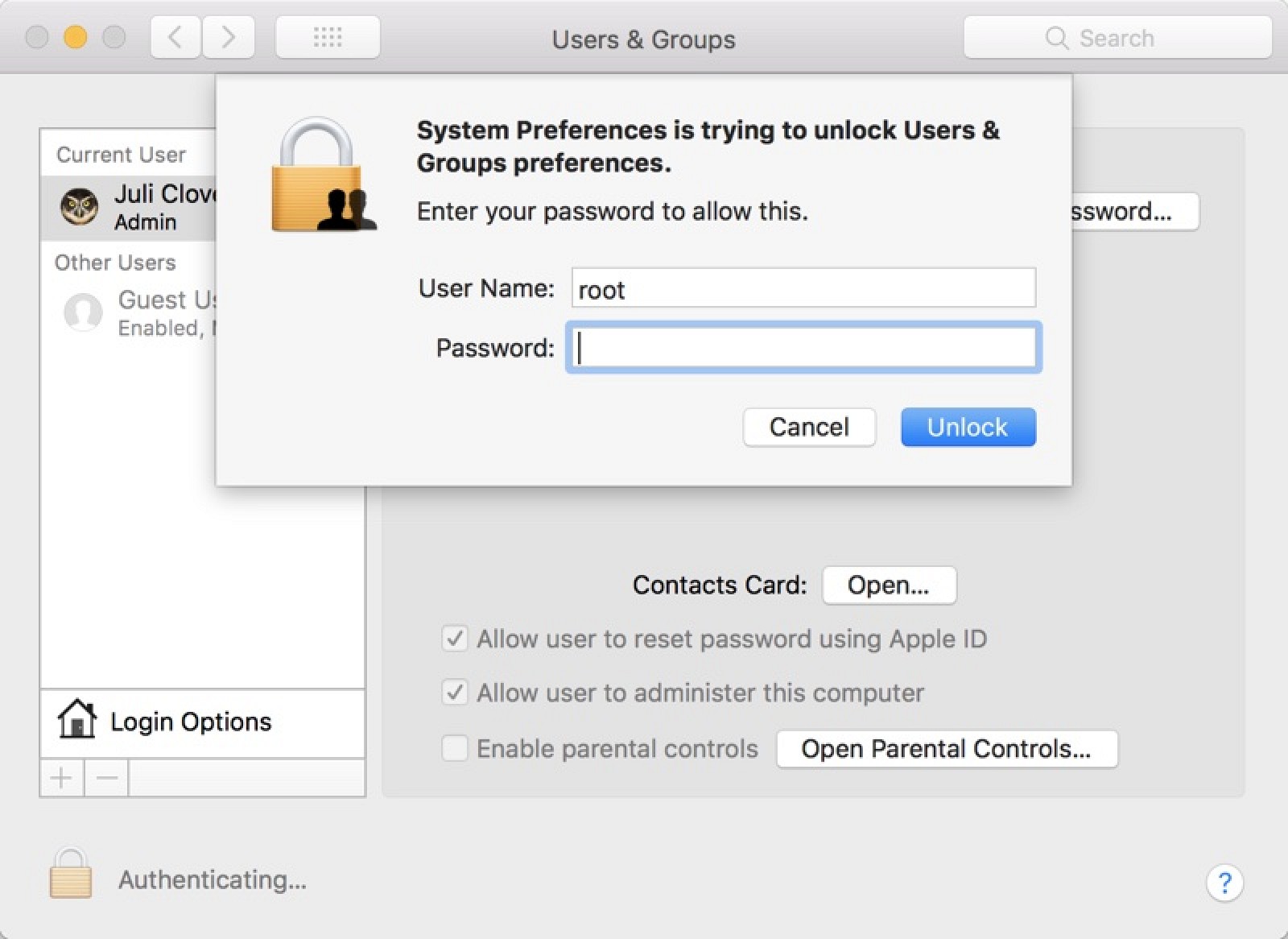If you have an iMac Pro or Mac Pro with 128GB of memory (RAM) or more, your startup disk needs at least as much free storage space as your Mac has memory. 2 An external USB flash drive with a storage capacity of 16GB or more, unless you're using a Mac that doesn't need a flash drive to install Windows. Mac Installer Packages for macOS Sierra (10.12) and newer. Installation instructions are in the Read Me on the disk image. GDAL and Python (both included on the disk image) are installed separately and outside the QGIS app so they are usable on their own. These packages use the python.org Python 3 - other distributions are not supported. Storage: At least 400 Mbytes available disk space for a default install via download. Graphics: 1024 x 768 or higher resolution with 16.7 million colours. Additional Resources. Click here to download; Click here to get install instructions for OpenOffice on macOS; Click here to get help and support in the Community Support Forums.
- No Disk To Install Mac Os
- Can't Install Mac Os X Lion
- No Disk Available To Install Mac Os X
- No Disk To Install Mac Os X
Looking for all downloads? Click here: Show all downloads
Click here for SHA-256 checksums: SHA-256 Checksums
Rainlendar does not contain any spyware or adware
(or any other kind of malware for that matter
..and this applies to the free Lite version too).

What is the differences between the Pro and Lite versions? See here.
Want to purchase a license for the Pro version? See here.
Want to have new skins? Go to here.
Want to have new languages? Go to here.
Want to see the full change history? See here.
Looking for a PAD file for Rainlendar? Here is Pro and Lite
Mac OS X:
| Box not included |
 - Double click on the package
- Double click on the package- Click 'Install package'
You can start Rainlendar from the Applications->Office menu.
Or untar (tar jxvf Rainlendar-Pro-{version}.tar.bz2) and run (cd rainlendar2; ./rainlendar2)
Important: If you are upgrading from 32bit version to a 64bit it is adviced to uninstall the old 32bit version before installing the 64bit version.
When upgrading Rainlendar2 to a newer version the installation does not overwrite your settings or events so is possible to install the new version on top of the old version without uninstalling the old one first. Just make sure Rainlendar2 is not running while you do that.
If you have an older version than 0.22.1 you need to first upgrade to 0.22.1 and use that to export the events either as iCalendar or Rainlendar's ini-format.

Ubuntu packages
Ubuntu comes with darktable packages. You can install them with
If you need a newer version than what is included in your distribution, check out the third party packages section.
Fedora packages
Fedora ships with darktable. A simple command should be enough.
If you need a newer version than what is included in your distribution, check out the third party packages section.
openSUSE packages
openSUSE ships with darktable. A simple zypper install darktable should be enough.
If you need a newer version than what is included in your distribution, check out the third party packages section.
Arch Linux
- thx to chressie for this, arch is non-ancient :)
Funtoo/Gentoo Linux
darktable is in portage!
RHEL / Scientific Linux / Centos
Debian
(Of course) there is a darktable package in the Debian repositories.
The first version of Mac OS X was Mac OS X Server 1.0.Mac OS X Server 1.0 – 1.2v3 were based on Rhapsody, a hybrid of OPENSTEP from NeXT Computer and Mac OS 8.5.1.The GUI looked like a mixture of Mac OS 8's Platinum appearance with OPENSTEP's NeXT-based interface. Using a Mac with at least OS X 10.6.8 installed, access the Mac App Store and download the Lion (10.7) or Mountain Lion (10.8) app installer. Insert the USB drive into the Mac and launch Disk. The first release of the new OS — Mac OS X Server 1.0 — used a modified version of the Mac OS GUI, but all client versions starting with Mac OS X Developer Preview 3 used a new theme known as Aqua. Aqua was a substantial departure from the Mac OS 9 interface, which had evolved with little change from that of the original Macintosh operating. Lnx-update-tools.cmd – retrieves latest OS X guest tools; Mac OS X: On Mac OS X you will need to be either root or use sudo to run the scripts. This is really only needed if you want to use client versions of Mac OS X. You may need to ensure the OS X scripts have execute permissions by running chmod +x against the 2 files. Mac os x upgrade python 3.
darktable can be installed by running
If you need a newer version than what is included in your distribution, check out the third party packages section.
Solaris
The darktable Solaris packages are provided and maintained by James. You can find his website here with all the packages provided: https://www.jmcpdotcom.com/blog/category/darktable/.
He has both the darktable packages and a dependency package in case this is the first time you are installing darktable on your system.
FreeBSD
darktable is available in the FreeBSD Ports Collection. It can be installed, pre-compiled, from the standard package repository.
To install darktable on your system, run
Microsoft Windows
- Read the Windows version specific section in the FAQ first.
- Download the latest Windows installer for darktable.
- Run it and install darktable.
macOS
- Download the latest DMG disk image for darktable
- Mount the thing
- Pull the darktable icon into applications folder
- Good luck :)
This bundle supports macOS versions starting with 10.7 (Lion) running on 64 bit Intel architecture.
What to do with dialog saying “darktable” can’t be opened because it was not downloaded from the Mac App Store:
- Locate darktable in Applications folder (or wherever you installed it) using Finder
- Do “Open” via context menu
- You will be presented with similar-looking dialog, but this time there will be second button allowing you to run the application
- After that you will be able to start darktable without this trick (well, until you update it, then you will have to do above steps again)
or you can prevent this from happening by running xattr -d com.apple.quarantine ~/Downloads/darktable*.dmg command before mounting the image (or xattr -dr com.apple.quarantine /Applications/darktable.app after installing).
macOS MacPorts
darktable can be installed through MacPorts:
macOS Homebrew

darktable can be installed through Homebrew:
OBS
The OBS allows packagers to provide packages for multiple distributions.
Right now the darktable packages listed below are built for the following Linux distributions:
Right now this means for the stable package:
- Debian 9, 10, Next aka Testing
- Fedora 29, 30, 31, Rawhide
- openSUSE 15.0, 15.1, Tumbleweed
- Ubuntu 18.04, 19.04, 19.10, 20.04 (only latest release, not snapshot from stable release branch)
No Disk To Install Mac Os
For master we build for the following distributions because of missing required packages in older distributions:
Can't Install Mac Os X Lion
- Debian 9, 10, Next aka Testing
- Fedora 29, 30, 31, Rawhide
- openSUSE 15.0, 15.1, Tumbleweed
- Ubuntu 18.04, 19.04, 19.10, 20.04
The available packages are:
Backports for Debian
A description on how to enable the backports repository can be found here: https://backports.debian.org/Instructions/
Prerequisites
No Disk Available To Install Mac Os X
- *nix (tested: Debian, Ubuntu, Arch Linux, Funtoo, Gentoo, Fedora, Macintosh OS X with Macports)
- We strongly recommend using a 64bit operating system!
- Required packages:
libsqlite3, libjpeg, libpng, libpugixml, rawspeed (supplied), gtk+-3, cairo, lcms2, exiv2, tiff, curl, gphoto2, dbus-glib, fop, openexr, libsoup2.4 - Required: gcc >= 5.0
- Grab the latest source tarball (recent version: darktable 3.4.1) – make sure to use the .tar.xz file and not the auto generated .zip or .tar.gz!
- Install the dependencies. For details see the link below.
Unpack: Mac os usb boot maker download.
Then either do
or, manually:
In order to get darktable displayed along with your other applications you need to set a symlink:
For a more complete set of instructions for different distributions have a look at our Wiki.
First a word of warning: Using the development version of darktable might be risky in that it can break anytime, kill your edits, eat your kittens or do other nasty things. It is also not guaranteed that XMP sidecars written by a development version will work with a release version. It is also quite certain that any older version of darktable will NOT be able to read the database once a development build updated it to the latest schema. So for your own safety and our sanity, do make backups of your XMP files as well as your library.db and data.db (by default it is in ~/.config/darktable/) BEFORE upgrading to the self compiled git version. That being said, it should be quite safe to actually use it and never go back, so all of this might be no issue for you at all. Just keep in mind that IF you ever want to go back it might be hard.
Be sure to have all the build dependencies installed. You can find a list of them here. If you don’t have it already, install git from your distribution’s repositories. For Ubuntu:
Cloning for the first time
The cloned files from the git repository are now stored in $HOME/darktable.
Getting rawspeed submodule
Building with build.sh
The files get prepared to be installed in /opt. If you want to install at another place, you have to type:
After the build process finished you can install darktable:
Updating existing git-files
Building manually
make and install
Starting the program
No Disk To Install Mac Os X
Let’s rock! Disk creator macos catalina.
